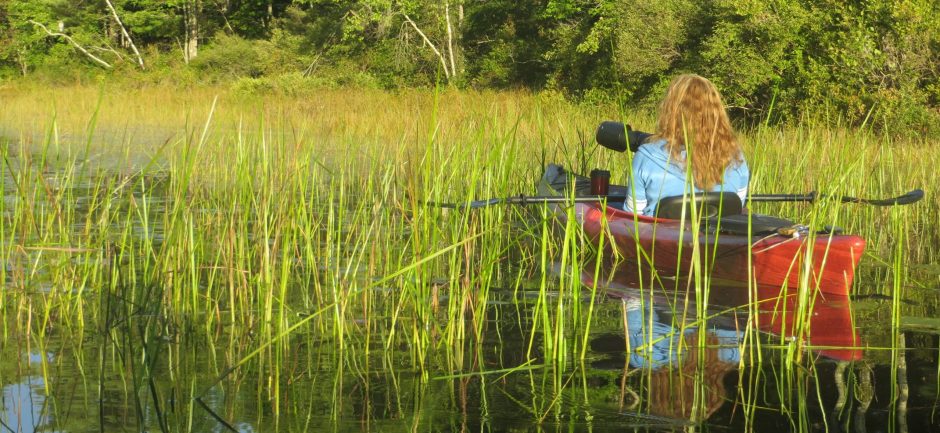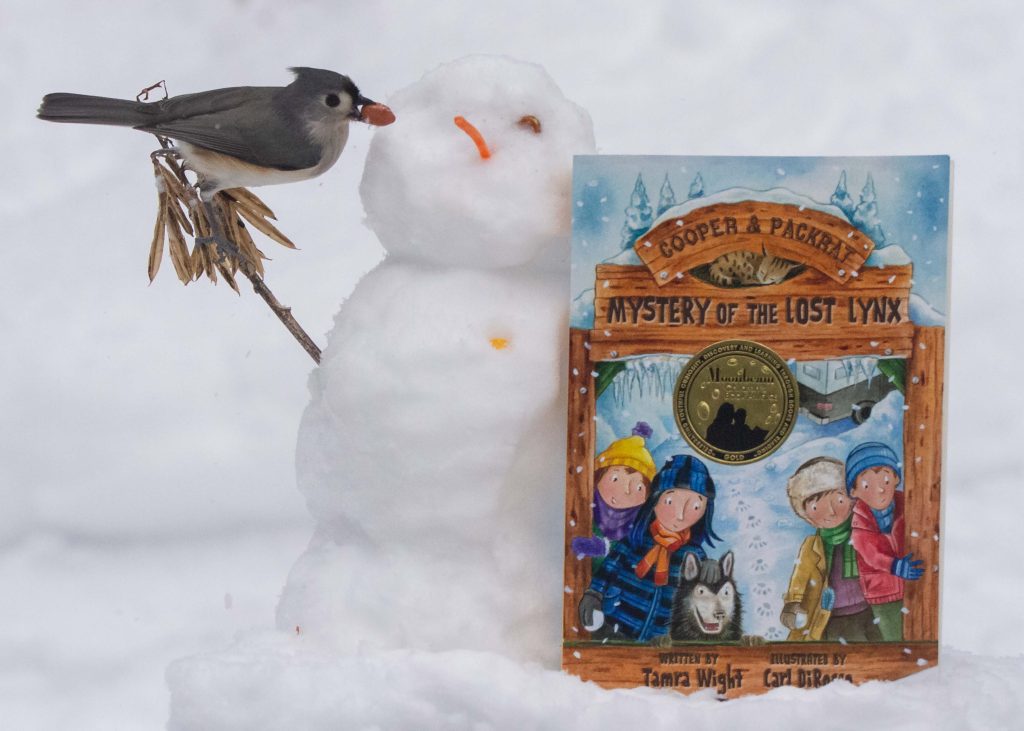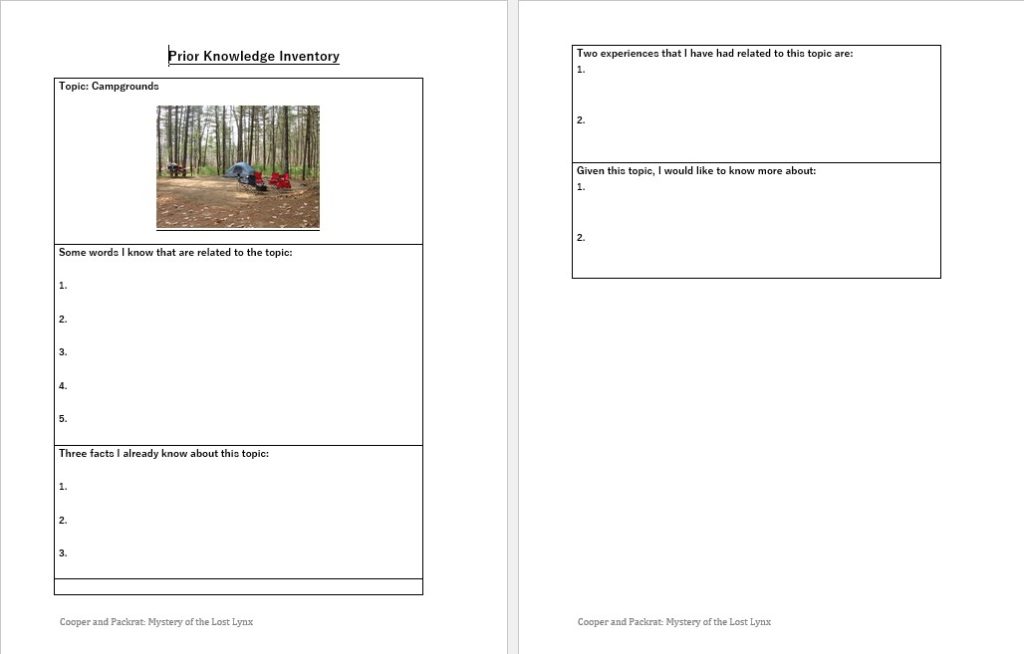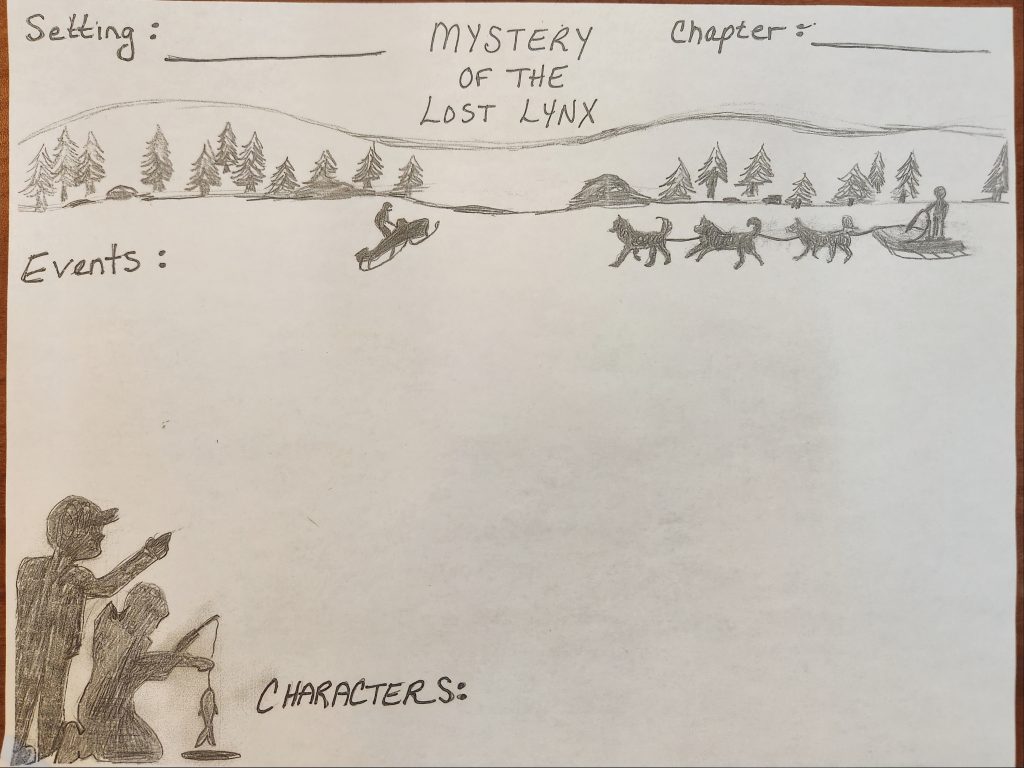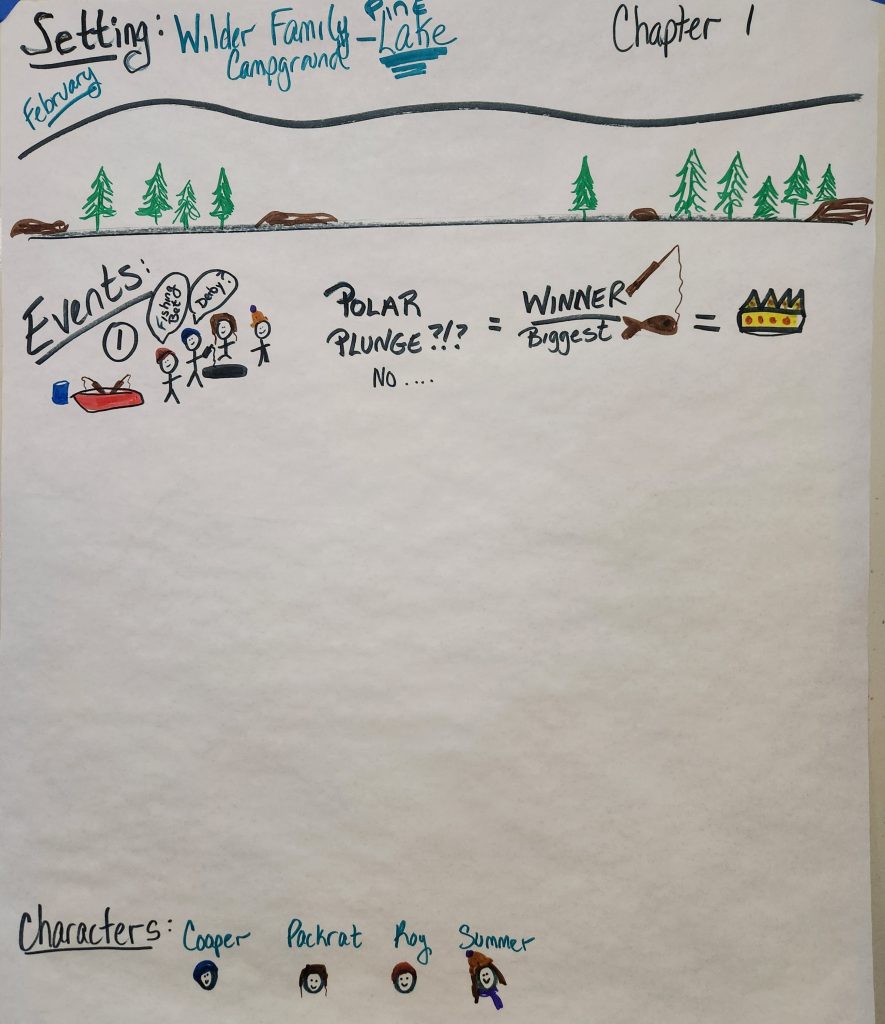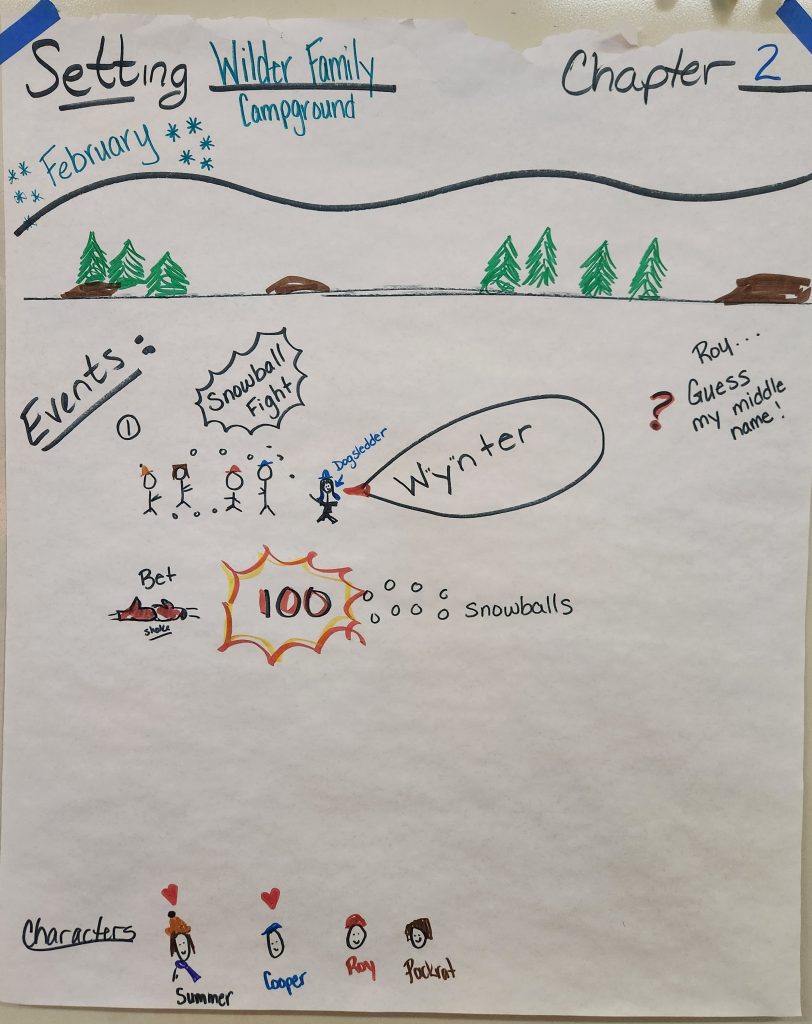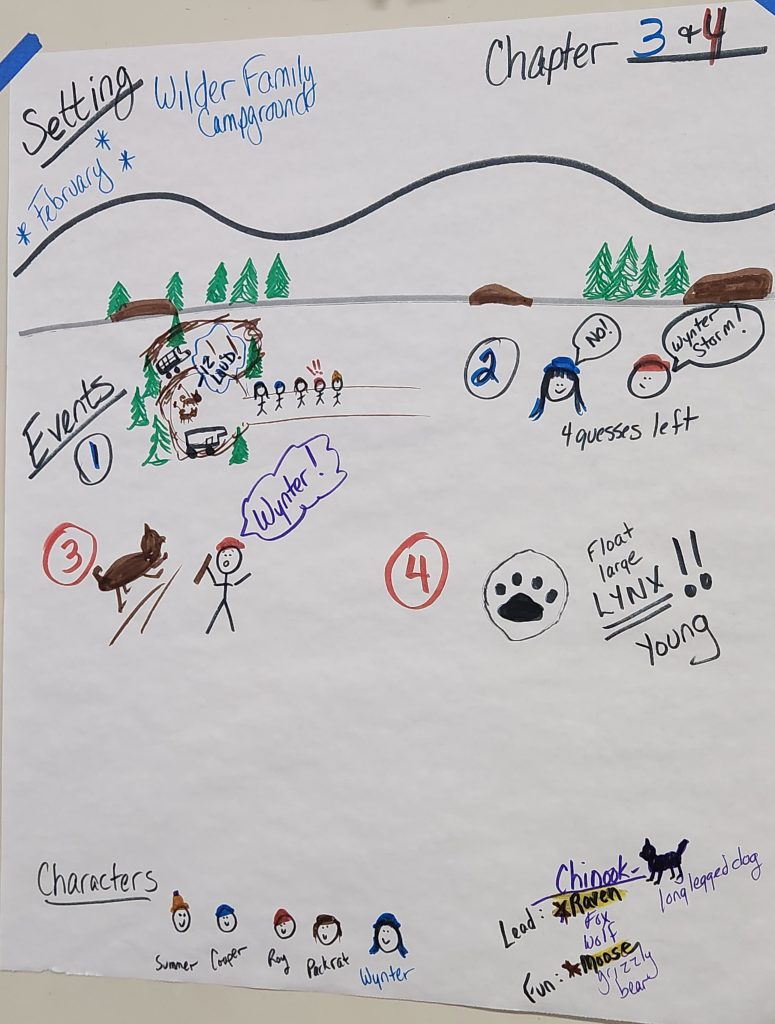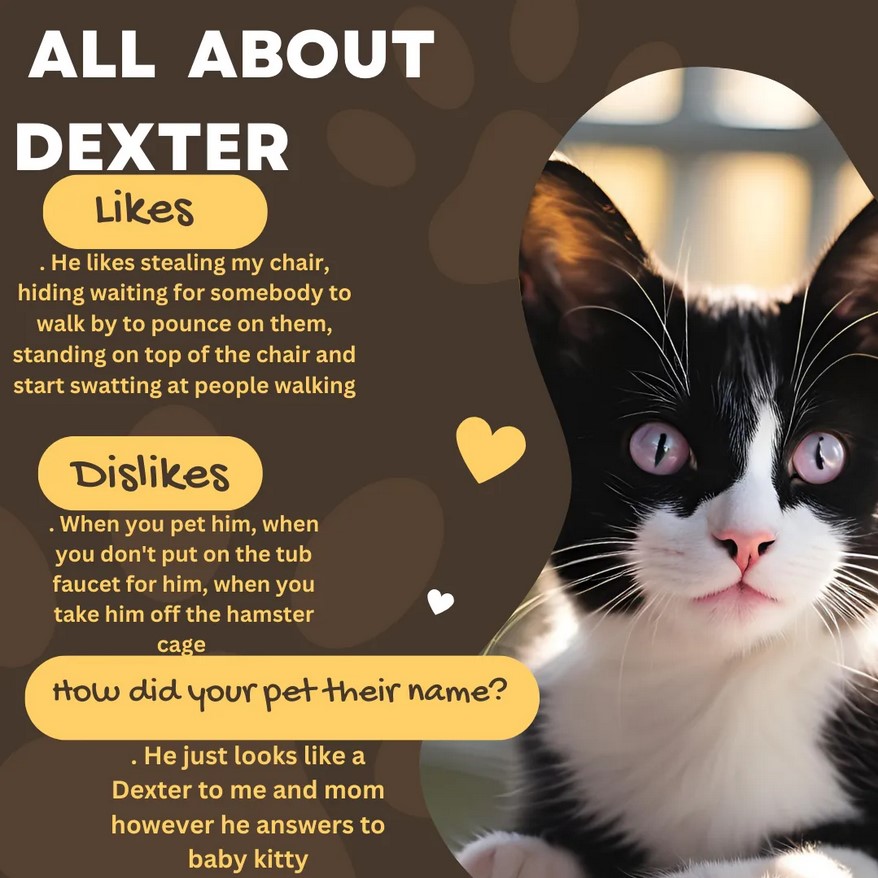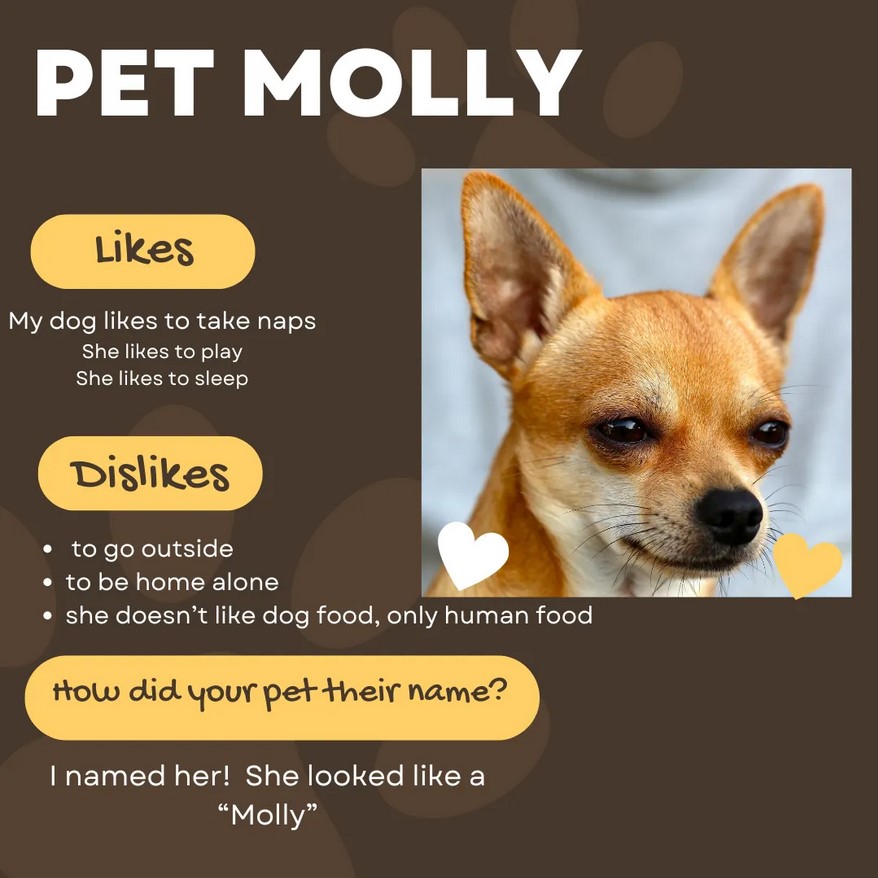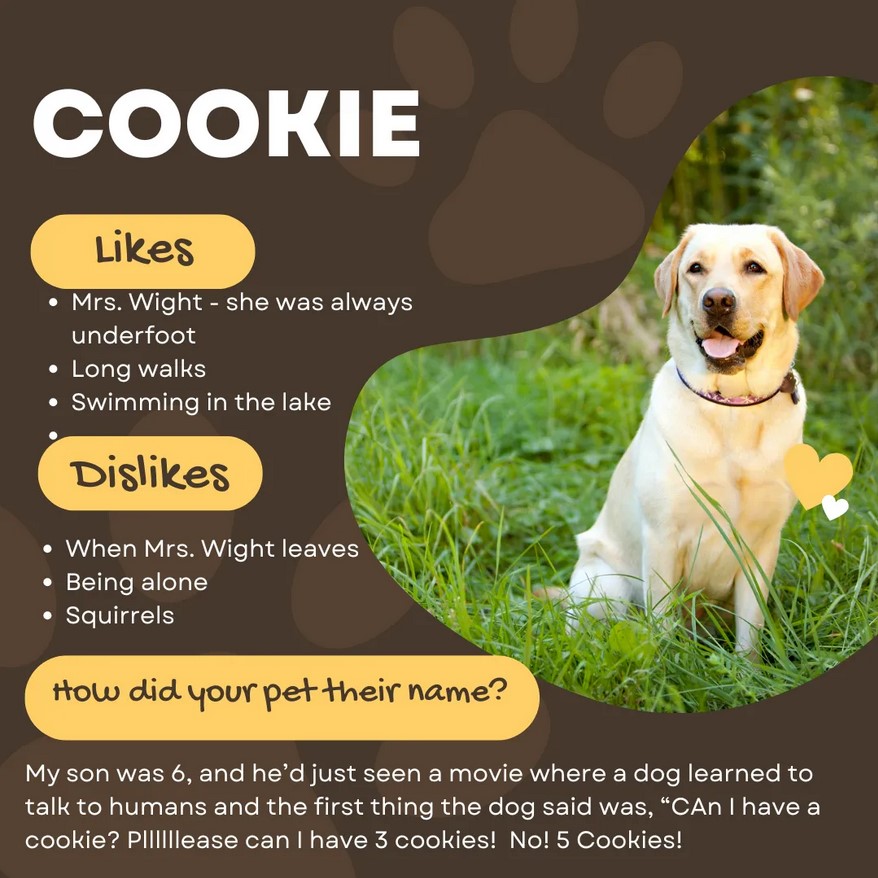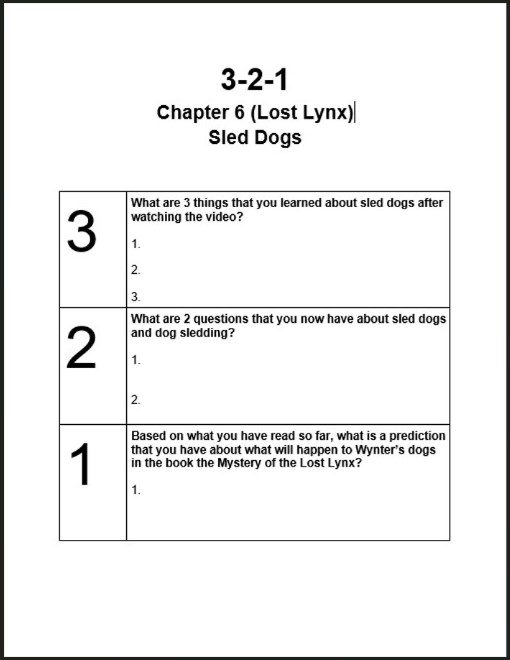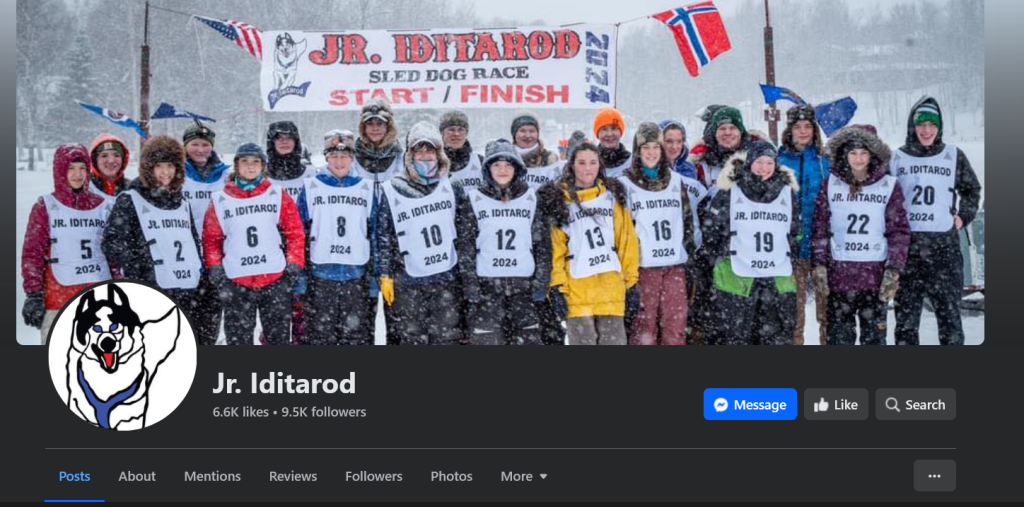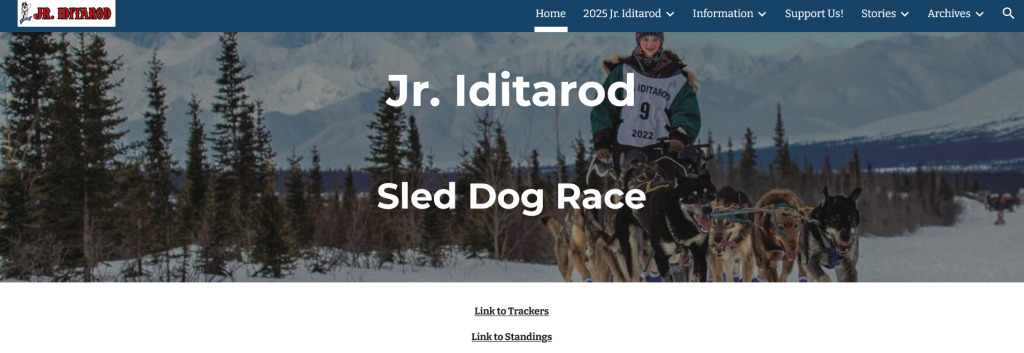The activities on this page are currently being updated. The teacher I support, Shannon Shanning, began reading Lost Lynx to our middle school students on January 17th, 2025. What a treat it is for me to be listening in as our readers dive in!
Listed below are some of our student’s favorite lessons and projects as we make our way through Mystery of the Lost Lynx. You’ll also find additional projects within the curriculum guides for books 1, 2 and 4 which could be easily be tweaked to use with this adventure.
Come visit again for updates. I’d love to hear what you and your students are doing with Lost Lynx! And please don’t hesitate to contact us if you have any questions.
Prime The Pump
One thing I’ve learned from Shannon, it’s very important to get students familiar with the setting and/or the subject matter of a book before reading. This connects them to the story quicker . . . helps them visualize it. Even if readers are familiar with camping in a campground, they might not be familiar with winter camping, which is very different. Along with some of my winter photography such as our frozen lake, ice fishing, and a campground nestled under snow, she used the following worksheets to help get our readers imaginations flowing.
What Do You Already Know About Winter or Winter Camping?
ABC Organizer Worksheets
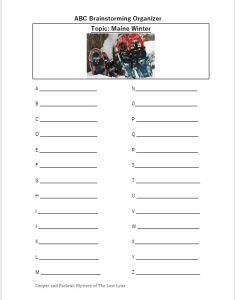
Hand out an ABC Organizer and ask students to give a winter fact for each letter to get them thinking about the setting and time frame of this story. They can work on their own, or team up for a competition. Here are some example answers from our students:
A = accidents (falling down, cars), angel, arctic
B = boots, blanket, black ice
C = coat, cold, cocoa
D = dog sled, downhill
Download the document by clicking on the link below, or try one of the other variations:
Prior Knowledge Inventory Worksheets
Prior Knowledge Worksheets are another great way to get readers engaged before opening the book. They spark fun classroom discussions!
Try Doodle Notes!
Shannon and I enjoy using Doodle Notes within our Inclusive Classroom. Creating a themed worksheet for students to fill out for each chapter, students doodle big events as we read. They keep the sheets and are allowed to look back on them during checkpoints and tests, and especially when we need to recap the last chapter read after a long weekend.
We model how to draw notes based on the text – either on the white board, or large paper to keep it for recaps. We carefully explain that the main rule of doodle notes is to only draw what you hear. So if we’re reading about ice fishing, we need to draw what the characters are seeing or doing if it is important to the story. You’ll notice below, that Shannon and I draw the big events and number them in order. We also use words and colors, and encourage our readers to do so as well. Here are our sample doodle notes from Chapters 1 through 4.
Notice how each character is just a stick figure, with a different color hat. We keep the characters hats the same chapter to chapter so we can tell them apart moving forward. Wynter, of course, we drew with black hair that has blue tips.
Popcorn Recaps!
Before reading your next chapter, try Popcorn Recaps. Students pull out their doodle notes from the chapter(s) before. Have them study their doodles, then choose their favorite event by putting a finger it. Shannon randomly pulls the names of students to share their event. After everyone has shared, she ran through all the events, putting them in order.
Of course, this can be done without doodle notes as well.
Making Connections
Pet Poster
In Lost Lynx, Chapter 3, Wynter tells Cooper, Packrat, Roy and Summer that “. . . naming our pups is a big deal for our family. First we pick a theme. My (dog sled’s) team theme is Canadian animals.” In Chapter 5, she also tells them, “. . . these dogs aren’t working dogs. They’re family! We raised each one from a puppy. We’d never put them in danger.”
As an author, I spent a lot of time thinking about Wynter’s dog sled team; their individual personalities, their physical characteristics, and how they’d interact with the characters and how they were going to help move my plot along. I have to admit, naming those pups was the most fun!
Students can make connections to Wynter’s dog sled team by creating Pet Posters for their own pets, and sharing them with the class. As the story progresses and they get to know Wynter’s pups, encourage them to think back on their posters and make more connections. Possible questions include: Would you like to have six pets like Wynter? If you had a dog sled team, what would its theme be? What would be the hardest part about owning six pets? Easiest?
For our posters, students told us about their pet on a Canva template created by Shannon. They then uploaded it onto a Padlet. Here are a few examples from our classroom, including my poster on Cookie!
3-2-1 Sled Dogs, And A Prediction!
Give students a chance to gain some background knowledge on Iditarod sled dogs with this news video and worksheet.
First show students the three minute Iditarod Sled Dogs: Facts to Know video by Fox News Weather. Then watch the video a second time. Finally, have them them take notes on their 3-2-1 sheet, share out, and discuss!
Notice that the last question asks them what they think will happen with Wynter’s dog team in the story. Mystery of the Lost Lynx has many opportunities to make predictions!
What do we know about mushers like Wynter?
Alaska’s Jr. Iditarod
Our students were very curious about junior mushers! Here are some links you can share with readers.
The Jr. Iditarod has a Facebook page filler with pictures of mushers with the dogs on and off the trail, doing what they love best! Click on the photo to take you there.
And here is the official website of the Jr. Iditarod so you can see past winners and read the mushers bios. Check out the Trackers link, too!
